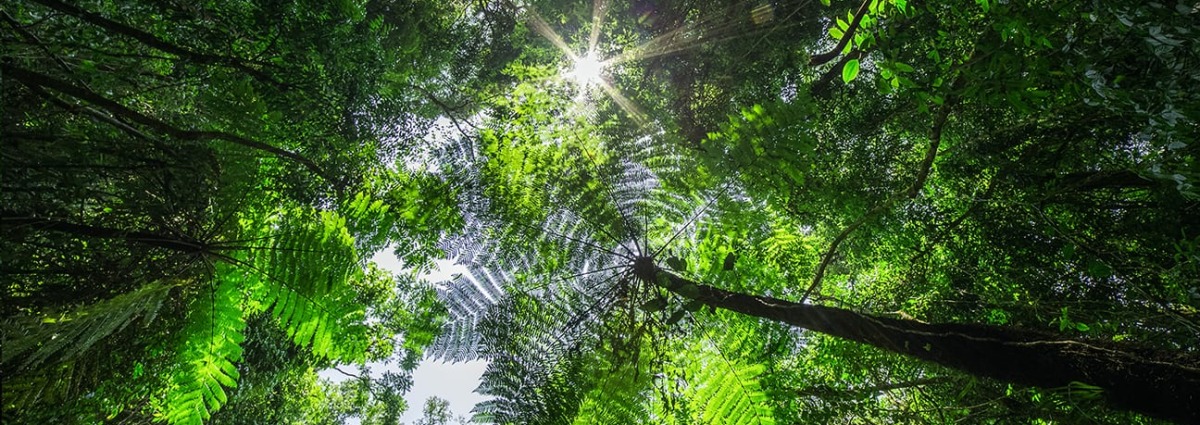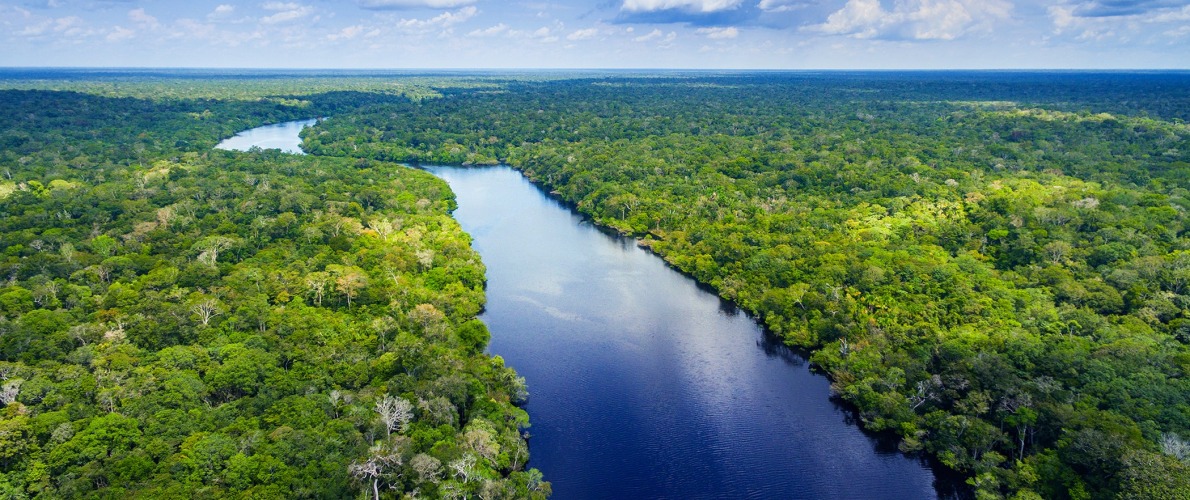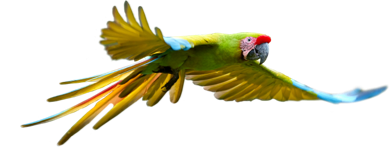
Protect the Largest Mammal Migration in the World
Support More Work Like ThisSupport More Work Like ThisDeforestation is destroying Zambia’s evergreen swamp forest, threatening the largest mammal migration on Earth.
-
Species at Risk
Hooded Vulture (CR), White-backed Vulture (CR), White-headed Vulture (CR), Martial Eagle (EN), Lappet-faced Vulture (EN)
-
Carbon stored
944,262 mT*
*(metric tons of CO2 equivalents) -
Partner
Kasanka Trust Ltd.
-
12,701 Proposed Acres Conserved by
Purchase
-
Project Cost: $2,729,601

12,701
Deforestation is destroying Zambia’s evergreen swamp forest, threatening the largest mammal migration on Earth.
-
Species at Risk
Hooded Vulture (CR), White-backed Vulture (CR), White-headed Vulture (CR), Martial Eagle (EN), Lappet-faced Vulture (EN)
-
Carbon stored
944,262 mT*
*(metric tons of CO2 equivalents) -
Partner
Kasanka Trust Ltd.
-
12,701 Proposed Acres Conserved by
Purchase
-
Project Cost: £2,255,868

12,701
Did you know that each year
African Straw-coloured Fruit-bats migrate across Africa
Every year, between October and December, as many as 10 million African Straw-coloured Fruit-bats converge on an evergreen swamp forest in Zambia’s Kasanka National Park. Flying from all over Africa, the bats travel thousands of miles to this freshwater habitat filled with fruits, berries and flowers in the largest mammal migration in the world.
But as land is cleared and degraded in the region around Kasanka National Park for spreading agriculture and mining, the ecosystem’s natural capacity to support the bat migration is at risk. Despite the vast size of their migration, this fruit-bat population has declined 25-30% over the past 15 years, mostly because it is heavily harvested for bushmeat across its range in West and Central Africa.
Rainforest Trust and our partner, Kasanka Trust Ltd., are working to protect 12,701 acres of the bats’ seasonal feeding grounds north of the Kasanka National Park as the Kachelo Community Forest Area. Protecting this essential resource will ensure the forest continues to serve as a critical foraging resource for the Straw-coloured Fruit-bats as they perform their epic migration.
Discover Zambia’s Miombo Ecoregion

Fruit-bats, photo by Kasanka Trust Ltd

Fruit-bats flying, photo by Kasanka Trust Ltd

Fruit-bats flying, photo by Kasanka Trust Ltd

Straw-coloured Fruit-bats, by David Havel

Martial Eagle, by Theodore Mattas

White-backed Vulture, by Kasanka Trust Ltd

African Savanna Elephants, by Kasanka Trust Ltd

White-headed Vulture, by Stephen Jones

Lappet-faced Vulture, by Yathin SK/Wikipedia

Blue Monkey in Bat Forest, by Kasanka Trust Ltd

Hooded Vulture, by Charles J. Sharp

Pukus, photo by Kasanka Trust Ltd

Sitatungas, photo by Kasanka Trust Ltd
Bats are Vital to Ecosytem’s Health
Millions of bats descend on Kasanka National Park each year, providing an essential food source for Martial Eagles and other predators including raptors, snakes, leopards and crocodiles. As seed dispersers, bats provide a vital service to ecosystems locally, regionally and far beyond by propagating the plants that sustain other wildlife. The vast quantity of droppings they produce is vitally important as a fertilizer in the forest. Protection of this fruit bat is urgent, given its extraordinary importance to the extensive web of life they impact.
Protect Rare Species From Growing Threats
Many species depend on this landscape for their survival. In addition to the African Straw-coloured Fruit-bat, approximately 60 Endangered African Savanna Elephants utilize the neighboring Kasanka National Park. Safeguarding the Kachelo Community Forest will expand the elephant’s range and improve connectivity with other elephant populations. The Critically Endangered Hooded Vulture, White-backed Vulture and White-headed Vulture, and the Endangered Martial Eagle and Lappet-faced Vulture will also benefit from this refuge.

We Value Transparency.
Conservation work is critical, challenging, and can be costly. We work hard to ensure we raise only the funds needed for each project. In the rare case we raise more money than needed or a project comes in under budget, excess monies will be transferred to the Conservation Action Fund. This fund supports our important conservation work throughout the tropics.
Learn more about the Conservation Action FundLearn more about the Conservation Action Fund



Partnering to Save Rainforest
Our partners’ ability to work with their governments and build strong connections with local communities ensures the successful implementation of our projects.
Learn More About This PartnerLearn More About This Partner
